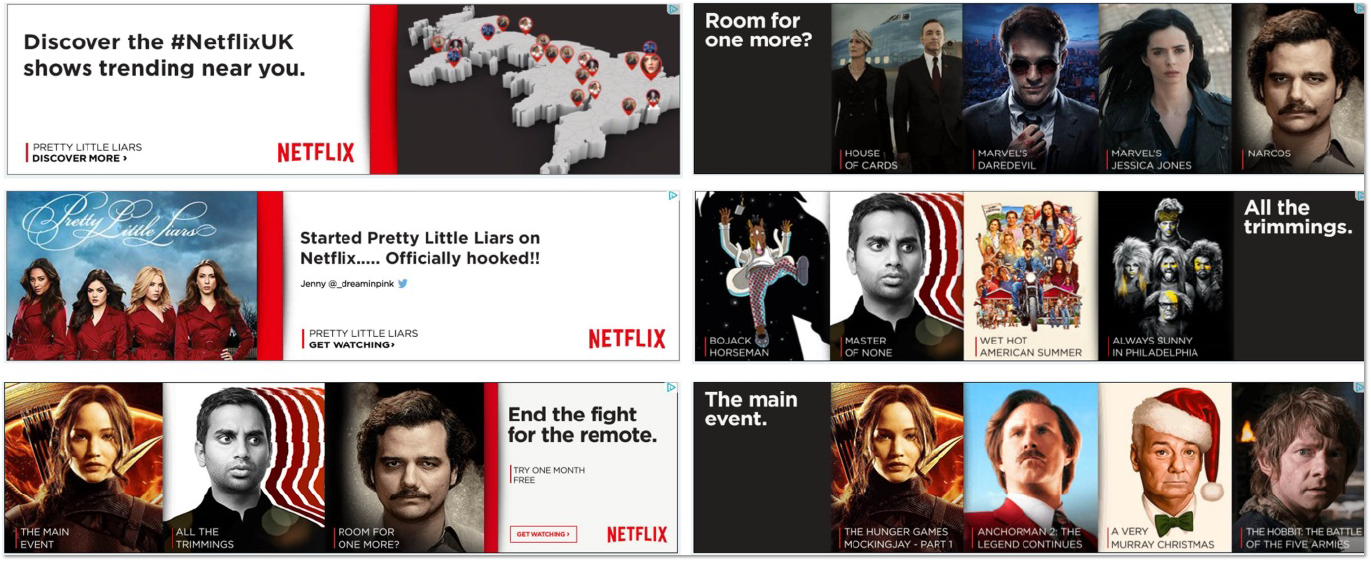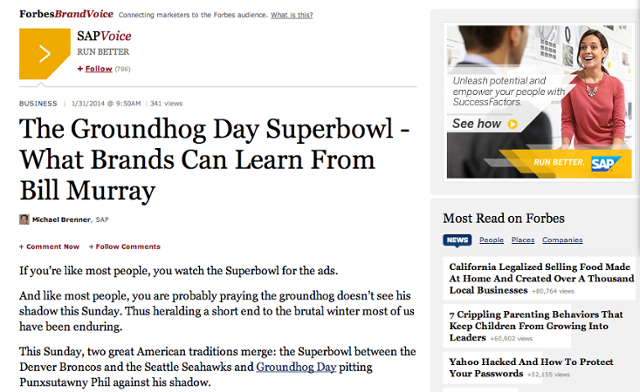If you’re in any way connected with digital marketing, there is no doubt you will have heard of the term ‘native advertising’. Yet, despite its growth and success, we have found that many business are not utilising native advertising because they are unsure of how to make it work for their brand.
If this sounds like you, we have some simple rules which will make it easier to tackle this form of advertising. But first, let’s look at the basics.
What is native advertising?
Native advertising is a form of paid media whereby the ads follow the theme of the page content and their subtle nature is key to their success. Typically native ads take on the appearance of an article and they can frequently be found on news sites such as The Telegraph, The Guardian and Sky News. The majority of native advertising platforms work on a cost-per-click basis, which provides brands with a cost-effective channel, which in some cases can be lower cost than traditional search methods.
Why is native advertising popular?
The increasing popularity of native advertising highlights a need to bridge the gap between editorial and marketing skills in order to make this form of advertising a success. By tapping into current online activity and limiting interruptions, your ad is likely to tick all the boxes when it comes to getting content clicks. Native ads still have to feature all of the regulatory signposts to highlight the fact that they are paid content, but they don’t take the unmistaken format of the flash-in-your-face sponsored ads. Consequently, these ads are far more natural and likely to be far more engaging as a result. A great example of this is when RadioTimes.com worked with Netflix to integrate Netflix’s award-winning content into their linear TV listings environment. This was a huge success for both parties as Netflix reached a new audience and RadioTimes increased engagement.

Will native advertising work for my brand?
In one word – yes! Despite what many online marketing experts say, native advertising isn’t all about driving traffic for general consumer brands with large audiences. In fact, there are a number of B2B success stories for business targeting defined niches; for example SAP leveraged the power of native advertising to generate 300,000 page views from just 5 sponsored articles last year. Targeting a wide audience in the business world, SAP has successfully used native advertising as a ‘pay-to-play’ channel, maintaining a high-level presence in the business world through Forbes’ Brand Voice. The secret of SAP’s success in native advertising is not only the strategy, but the quality of the content that is produced.

Hopefully, this has given some background to native advertising but now it’s time to take the plunge and go native. These are the three simple rules which we would recommend for success:
How to build a successful native campaign:
1. Get the right context
You need access to the right eyeballs. Take the time to get your content out on a platform that will reach your target customers and ensure your content is suitable for the platform.
2. Always produce quality content
Native is pay-to-play, but that doesn’t mean your content doesn’t have to be great – in fact, quite the opposite. If you want to keep consumers engaged, you need to consistently create high-quality interesting content.
3. Remember to optimise
Test everything so you know what is working for your brand and your audience. A simple way of doing this is to measure the strength of your headline (impressions and views), the strength of the article (views and clicks) and the strength of the landing page (clicks and leads). Optimise all of these steps and you’ve got yourself a winning native advertising campaign!
If you would like more information on native advertising do not hesitate to give Spindogs a call! Our online marketing team will be happy to discuss your options and illustrate how native advertising can work for your brand.